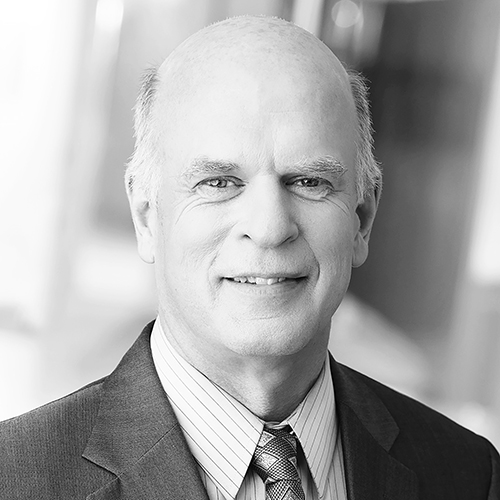Many businesses—particularly consumer-facing companies—take for granted the need to connect with customers. But in some industries, such as insurance, it’s more difficult to establish two-way communication.
As social media platforms become popular ways for companies to market to and interact with customers, insurance regulations have been slow to adjust. For the last two years, Selective Insurance Group’s top legal executive, Michael Lanza, has been involved in a project to move his company into digital methods of doing business.
Lanza says the need for policies that address new communications venues prompted a holistic examination of the Selective customer experience. Working alongside the company’s chief marketing officer, the legal team has been an integral part of that effort, helping to create compliance policies and giving advice on how employees and independent agents should adhere to them.
Basic questions such as whether tweets or LinkedIn posts from insurance carriers constitute advertising—which is subject to strict rules—held back the industry’s efforts to utilize digital platforms.
Meanwhile, Internet commerce has boosted consumer expectations about having access to information on demand. Today’s customers are more discerning than earlier generations, and they expect to do research before they purchase a product. Customers accustomed to looking up Yelp reviews or Google Maps want to be able to do the same for major purchasing decisions, such as insurance, and they want to contact insurers in the digital space.
This challenge prompted the company to hire its first chief marketing officer, who is responsible for crafting a digital media and communications strategy. Legal is a contributor to this effort, and an attorney serves on the company’s committee that crafts policy about working with agents and policyholders in the new business environment.
This overhaul in communication has prompted a reexamination of some of the company’s basic assumptions. “Because we distribute our products exclusively through independent agents, for a long time we viewed the agents as our customers,” Lanza says. “With the changes in technology, policyholders want to communicate with us far more than they used to. They want to communicate with us in the manner that’s easiest for them, but we still have to honor the contractual and legal issues with our independent agents.”
This perceptual shift has led Selective’s leaders to scrutinize the experiences of both its policyholders and the 1,100 independent insurance agencies that sell its products in twenty-two states.
The shift in communication expectations means Lanza and his team must stay abreast of shifting or completely new regulations for digital platforms.
Health insurance has significant federal oversight, but the federal government mostly refrains from property and casualty insurance regulation. The National Association of Insurance Commissioners creates model rules, but each state is free to modify them or write their own. This creates challenges in standardization across platforms and procedures, since social media has no state lines.
For example, Selective is primarily a holding company for seven customer-focused property and casualty insurance companies, some of which are licensed only in certain states. The company is prohibited from using the name of an insurance company in its marketing in states in which that company is not licensed.
When using a medium like Twitter, it’s a challenge to adhere to legal requirements that differ by state when you cannot add caveats and exclusions due to space limitations, Lanza points out.
Some communication, such as specifics on particular claims, is too private to occur on social media. A policyholder with a claims question must be directed to a private channel, such as e-mail or phone. “For a long time, our Facebook page was not interactive because of privacy concerns,” Lanza says. The company is currently addressing that issue.
In addition to setting communication protocols, Lanza’s team also helps develop web and social media content. Lawyers work with an internal copywriter to develop marketing collateral and scripts for agents. These must be aligned with business goals and comply with regulations. Legal also spends many hours crafting standardized forms for compliance and clarity.
It’s critical for anyone involved in this work to view it from the customer perspective—including agents, Lanza emphasizes.
“I’ve tried to make sure that our clients stand in the shoes of the customer,” he says. “Give the customer the information that you would want in the same circumstance. In most cases, that’s what insurance regulation is all about.”
Some communications rules and policies are still being worked out as regulators and strategists catch up with technology. Still, the company’s leaders are excited about the opportunities to connect with customers that social media platforms provide.
With these new opportunities come new responsibilities, and Lanza and his team will continue to strike a balance between them.

